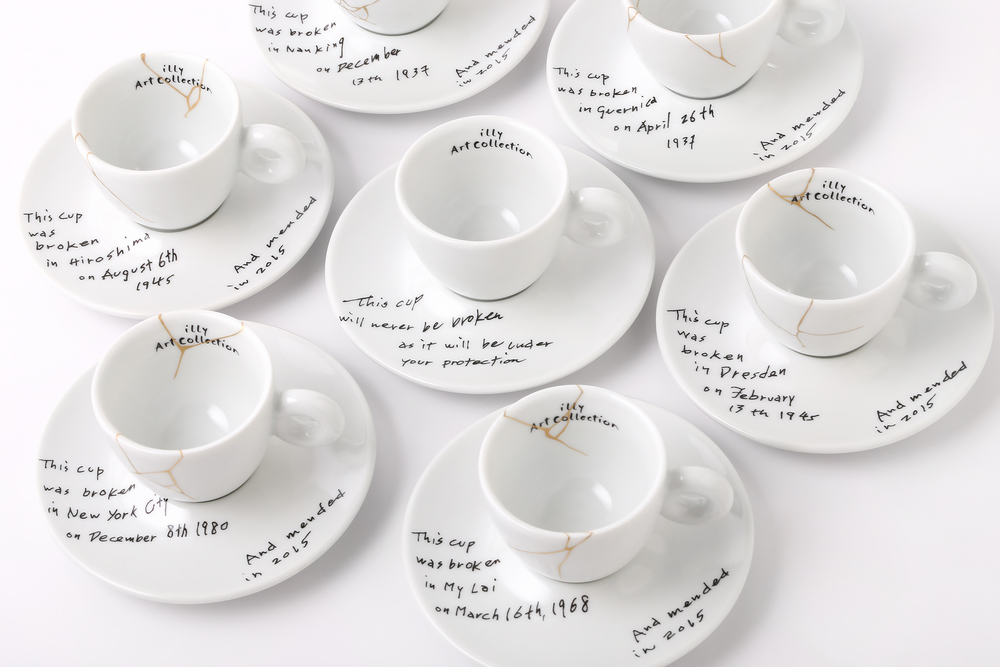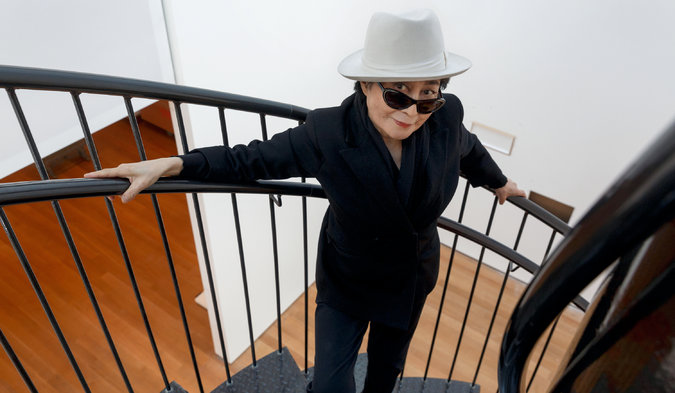Yoko Ono: One Woman Show, 1960-1971 Opens May 17, 2015 At MoMA In New York
/Yoko Ono: One Woman Show, 1960-1971
May 17-September 7, 2015
The Museum of Modern Art in New York City presents its first exhibition dedicated exclusively to the work of Yoko Ono,
taking as its point of departure the artist’s unofficial MoMA debut in late 1971. At that time, Ono advertised her “one woman show,” titled Museum of Modern [F]art. However, when visitors arrived at the Museum there was little evidence of her work. According to a sign outside the entrance, Ono had released flies on the Museum grounds, and the public was invited to track them as they dispersed across the city. Now, over 40 years later, Yoko Ono: One Woman Show, 1960–1971 surveys the decisive decade that led up to Ono’s unauthorized exhibition at MoMA, bringing together approximately 125 of her early objects, works on paper, installations, performances, audio recordings, and films, alongside rarely seen archival materials. A number of works invite interaction, includingPainting to Be Stepped On (1960/1961) and Ono’s groundbreaking performance, Bag Piece (1964). The exhibition draws upon the 2008 acquisition of the Gilbert and Lila Silverman Fluxus Collection Gift, which added approximately 100 of Ono’s artworks and related ephemera to the Museum’s holdings.
The New York Times reports that the show is is critical in recalibrating the art world reputations of Ms. Ono, for the museum and chief curator at large at MoMA Klaus Biesenbach, who is under severe pressure for this current show on Björk.
In conjunction with the show, Yoko Ono, the widow of music icon John Lennon, has designed a collection of espresso cups and saucers inspired by tragedy. The collection features the dates and places of six tragic events written in Ono’s handwriting, including the atomic bombing of Hiroshima in 1945 and the day in 1980 when Lennon was murdered in Central Park New York.
A seventh cup is untouched and is meant to represent hope. The collection is titled ‘Yoko Ono: Mended Cups - illy Art Collection’ is inspired by Kintsugi, the japanese technique of repairing cracked pottery with brushstrokes of gold’, writes Page Six. 





